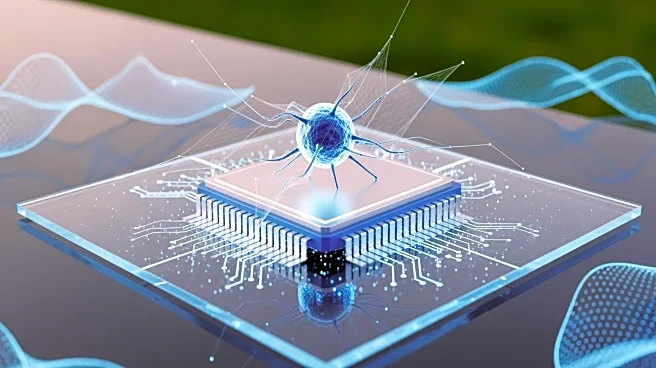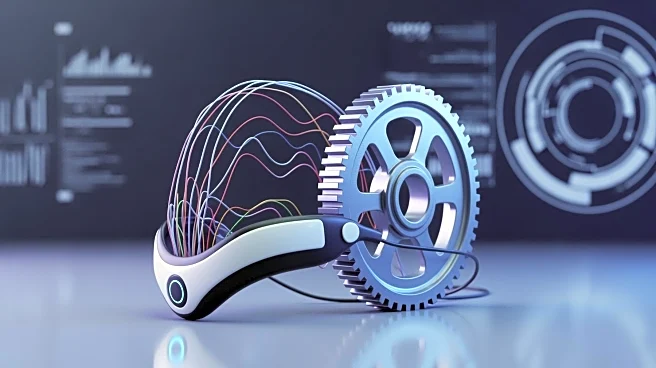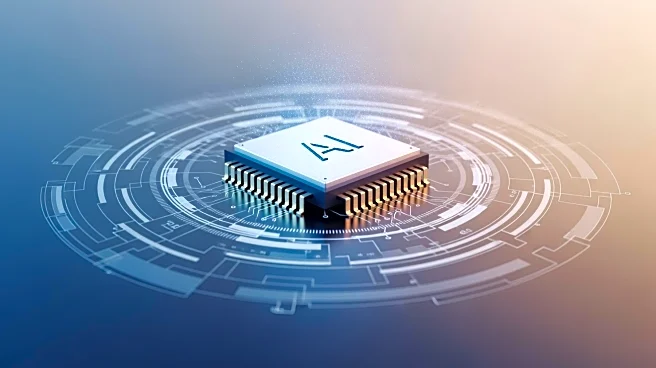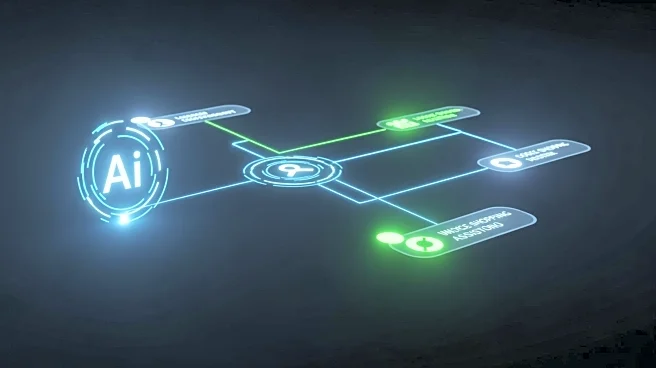What's Happening?
A new real-time denoising method, FAST, has been developed to improve the quality and speed of fluorescence neural imaging. This technology integrates an efficient processing pipeline and a tailored training framework, allowing for high-speed, high-quality
denoising across various imaging scenarios. The system processes imaging data in a synchronized manner, storing acquired frames temporarily in a solid-state drive buffer before processing them. This advancement facilitates more accurate studies of brain function and disease mechanisms by reducing noise in imaging data, which is crucial for detailed neural activity recording.
Why It's Important?
The introduction of FAST technology is significant for the field of neuroscience and medical research, as it enhances the ability to study brain functions and disease mechanisms with greater accuracy. By improving the quality of neural imaging, researchers can obtain clearer insights into neural activities, potentially leading to breakthroughs in understanding neurological disorders. This technology could benefit medical professionals and researchers by providing more reliable data, thus improving diagnostic and therapeutic strategies. The efficiency of FAST also means that it can be integrated into existing systems without becoming a bottleneck, making it a practical solution for real-time applications.
What's Next?
The implementation of FAST in real-time neural imaging systems could lead to widespread adoption in research institutions and medical facilities. As the technology proves its effectiveness, it may prompt further developments in imaging techniques and equipment, potentially leading to new standards in the field. Researchers and medical professionals might explore additional applications of FAST, such as in other types of medical imaging or in the development of new diagnostic tools. The continued refinement of this technology could also lead to enhancements in its processing speed and accuracy, further solidifying its role in advanced medical research.
Beyond the Headlines
The ethical implications of improved neural imaging technologies like FAST include considerations of data privacy and the potential for misuse in surveillance or unauthorized monitoring of brain activity. As the technology becomes more prevalent, regulatory frameworks may need to be established to ensure ethical use. Additionally, the cultural impact of such advancements could influence public perception of neuroscience and its applications, potentially leading to increased interest and investment in the field.













